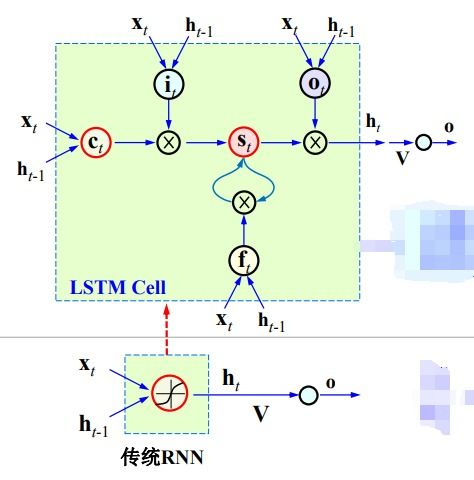BTC Long-Term Holder/Short-Term Holder SOPR Ratio, Understanding Its Significance
In the world of Bitcoin trading and investment, understanding various metrics is crucial for making informed decisions. The Bitcoin Long-Term Holder and Short-Term Holder SOPR (Spent Output Profit Ratio) ratio is one such important metric. This article explores the concept of this ratio, its implications for traders, and how it can contribute to a better understanding of market trends.
In the world of Bitcoin trading and investment, understanding various metrics is crucial for making informed decisions. The Bitcoin Long-Term Holder and Short-Term Holder SOPR (Spent Output Profit Ratio) ratio is one such important metric. This article explores the concept of this ratio, its implications for traders, and how it can contribute to a better understanding of market trends.

Understanding SOPR Ratio
The Spent Output Profit Ratio (SOPR) is a metric used to analyze the profitability of spent outputs on the Bitcoin network. It is calculated by dividing the value of bitcoins spent by the value of bitcoins at the time they were acquired. A SOPR value greater than 1 indicates that holders are selling at a profit, while a value less than 1 signifies a loss.
The Long-Term Holder (LTH) and Short-Term Holder (STH) distinctions are essential for this metric. LTHs are investors who have held their Bitcoin for over 155 days, whereas STHs are those who have held it for a shorter period. By analyzing the SOPR for both groups, traders can gain insights into market sentiments and potential price movements.

The Importance of the LTH/STH SOPR Ratio
The LTH/STH SOPR ratio provides traders with a comparative view of market behavior between long-term and short-term investors. This ratio helps to inform strategies by illustrating the dynamics of profit-taking and market confidence among different holder categories. If the LTH SOPR is consistently higher than the STH SOPR, it suggests that long-term holders are benefiting more from their investments, reflecting a bullish sentiment.
Conversely, if the STH SOPR surpasses the LTH SOPR, it may indicate a trend where short-term traders are recognizing more immediate profits, which could signify volatility or uncertainty in the market. Understanding these trends allows investors to better position themselves in the Bitcoin ecosystem.

Analyzing Market Trends with the LTH/STH SOPR Ratio
Traders can utilize the LTH/STH SOPR ratio during different market conditions. In a bull market, the LTH SOPR tends to rise as more holders are in profit, while STH activity might increase as traders look to capitalize on quick gains. In contrast, a bear market might see a decline in the LTH SOPR as long-term holders begin to liquidate their positions to cut losses.
By closely monitoring the LTH/STH SOPR ratio, traders can identify potential entry and exit points in the market, making it an invaluable tool for developing trading strategies. Furthermore, this metric, along with other indicators, helps create a comprehensive view of market dynamics and investor behavior.
In summary, the BTC Long-Term Holder/Short-Term Holder SOPR ratio serves as a critical indicator of market sentiment and trading strategy. By understanding and leveraging this ratio, traders can gain deeper insights into the market, thus enhancing their decision-making processes and investment outcomes. Monitoring the behaviors of both long-term and short-term holders can significantly impact the overall successful navigation of the Bitcoin landscape.




